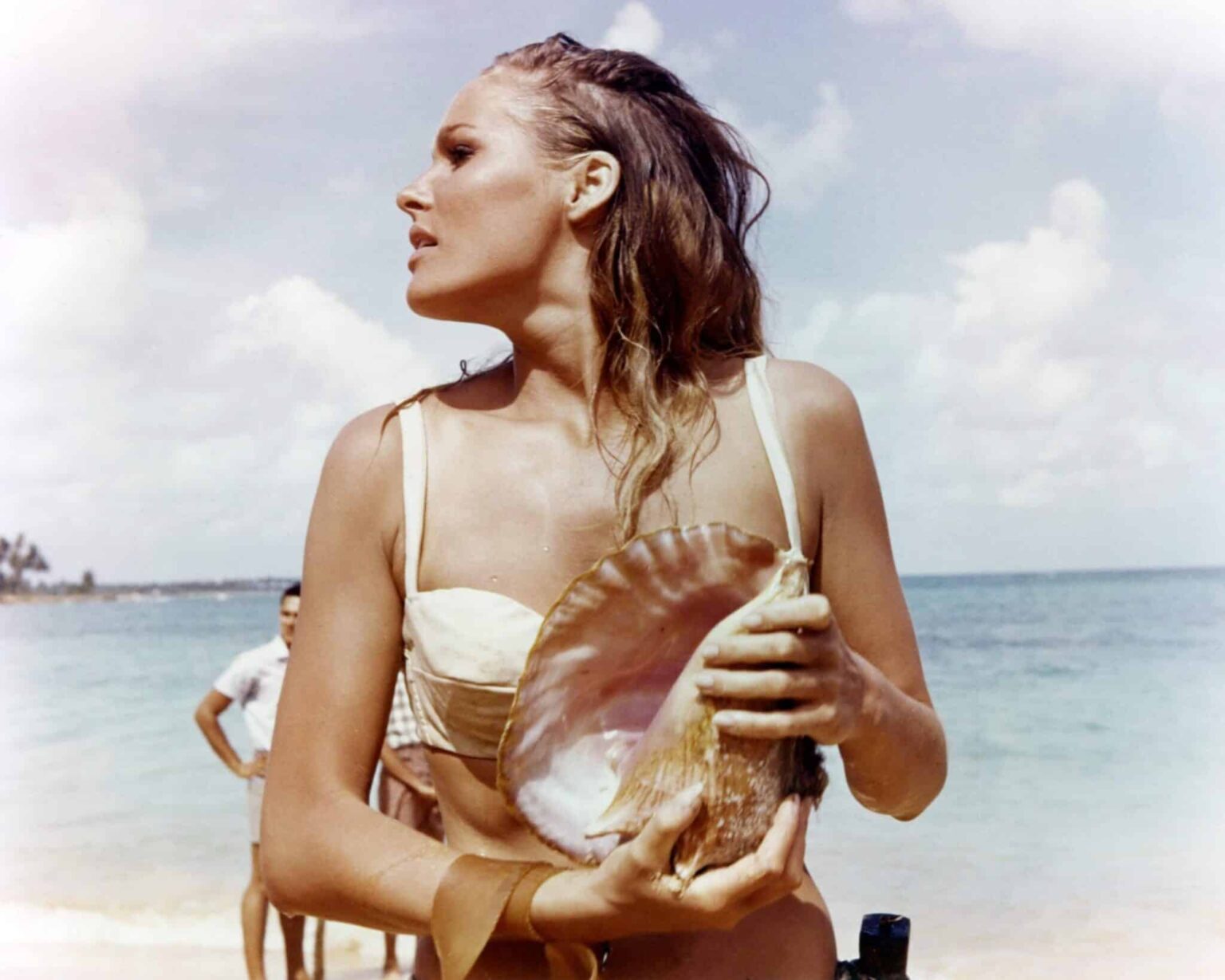This year marks 60 years since filming began at Buckinghamshire’s Pinewood Studios on the first-ever Bond film. We take a special look back at cinematic history
When the James Bond movie Dr. No was released in October 1962, it proved an unlikely hit. It launched Britain’s greatest film franchise, and cemented Buckinghamshire’s enduring reputation as a hub for global film production. But Bond isn’t just about chase scenes and a charismatic leading man – it’s also the story of generations committed to excellence in filmmaking.
“There are families with multiple generations to have worked on Bond in Buckinghamshire,” says Ian Kinane, Senior Lecturer in Popular Literature and Culture at the University of Roehampton, London. “Bond’s ‘Buckinghamshire family’ is indelibly connected to those first crew-men and women who took up the Bond mantle 60 years ago.”
And they’re part of the reason why, nowadays, the region forms the backbone of the British film industry. With the UK’s stake in global film and TV production growing each year, today Buckinghamshire serves as one of the premiere hubs for productions from around the world – and it all began 60 years ago, with the unlikely success of a Dr. No.

Humble beginnings
Dr. No was filmed at Pinewood Studios, which was built on the estate of Heatherden Hall. In 1935, the tycoon Charles Boot partnered with the millionaire J. Arthur Rank to transform the grounds into a film studio. Before Bond, the studio housed three decades’ worth of productions – including, among others, films by Herbert Wilcox, Carol Reed and David Lean, as well as the Doctor and Carry Onseries.
Bond first took up residency at Pinewood when filming for Dr. No began on 26 February, 1962. Little did they know this particular production would prove lightning in a bottle. Now-iconic sets included Dr. No’s nuclear reactor base and the interiors of the British Secret Service headquarters.
Following the success of Dr. No, Bond would go on to make a home for himself at Pinewood, with 22 of the series’ subsequent 24 films filmed there. In 1976, the ‘007 Stage’ was purpose-built in Pinewood, where it became a permanent fixture. And though it’s burned down and been rebuilt multiple times over the years, most recently in 2006 after Casino Royale wrapped production, Pinewood now also houses the ‘Roger Moore Stage’, the ‘Q stage’, and ‘Goldfinger Avenue’ – named after some of the franchise’s iconic names and faces.
Next month No Time to Die, the 25th film in the series, will be at the Oscars with three nominations and at the BAFTAs with five. It was the second biggest film worldwide of 2021. The sets built at Pinewood were as usual outstanding, including a large set of downtown Havana.
60 years since Dr. No
The thousands of artists and skilled crew members who’ve worked on Bond at Pinewood have changed entertainment and the fortunes of the British film industry – forever. But success of this magnitude seemed unlikely at first.
Directed by Terence Young and produced by Albert R. Broccoli and Harry Saltzman, Dr. Nostarred the now legendary – but then virtually unknown – Sean Connery as the first-ever Bond. Dr. No captured filmgoers’ imaginations not simply because it was a pacy, sexy thriller set in exotic locations and powered by the rugged, dangerous appeal of its leading man. According to Kinane, “the film also appeared during a time in British filmmaking – and in Buckinghamshire, in particular – full of cultural and historical significance”.
Dr. Nohappened to be screening in cinemas during the brief, 13-day Cuban Missile Crisis between the United States and the Soviet Union in late October of that year. Resonances between the film’s plot and Cold War geopolitics were a coincidence, but they were an early indication of Bond’s enduring relevance for audiences around the world – and in Buckinghamshire, too.

Bond’s birthplace – and backdrop
“It’s worth noting,” Kinane points out, “that, over the years, Buckinghamshire’s Bond has ventured beyond the studio’s confines. He’s frequently popped up in and around Buckinghamshire, and locals may very well be forgiven for assuming they’ve fallen straight into one of 007’s adventures.”
For example, Stoke Park Golf Club is the setting for Bond’s first confrontation with the gold-obsessed Auric Goldfinger, in the 1964 film of the same name. It’s also where the iconic Oddjob demonstrates the power of his razor-rimmed bowler hat. Stoke Park was also used to film interior scenes for Tomorrow Never Dies (1997), doubling as the Hamburg hotel room where Bond and Paris Carver enjoy one last romantic tryst. And the list goes on and on.
Putting people first
Despite its modest origins, the Bond franchise stands as a testament to the hard work and creativity of the people of Buckinghamshire, and the county’s contributions to both the British and global film industries.
And it’s thanks to generations of unparalleled contributions – from the writers to the crew members, the actors to the producers – that Buckinghamshire still forms the industry’s bedrock today. The region’s proud tradition of creating world-class entertainment is strong because it’s rooted in the legacies of all the people who call the county home. As Kinane puts it, “the generations of local talent that have contributed to the Bond films prove once and for all that if the name is ‘Bond… James Bond’ – then the place is Bucks”.






